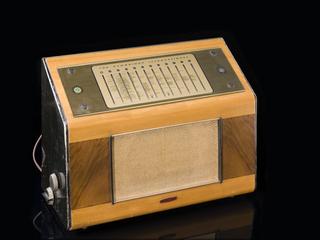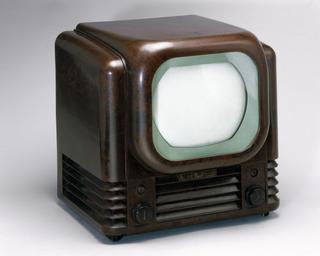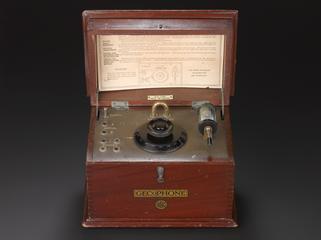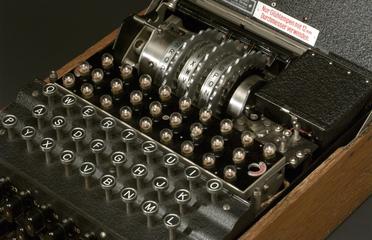
Double coherer (experimental), 1895-1906
- Made:
- 1895-1906 in United Kingdom

Double coherer (experimental), unknown maker, British, 1895-1906. Used by Captain Henry Jackson.
Captain Henry Jackson conceived the idea that wireless telegraphy could have a naval application in about 1891. It had become important to be able to identify fast torpedo boats accurately, especially at night, so that friendly returning vessels could be distinguished from those of the enemy. He made his earliest practical experiments in December 1895 after having read of the work of Jagadis Bose in Calcutta. In March 1896 Jackson read the book by Oliver Lodge on the work of Hertz and used Lodge's work as the basis for a new series of experiments. This double coherer was used in Jackson's early experiments but its particular application is unrecorded.
Details
- Category:
- Radio Communication
- Object Number:
- 1923-282
- Materials:
- plastic (unidentified), copper (alloy) and ebonite
- type:
- coherer
- credit:
- Donated by H. B. Jackson




